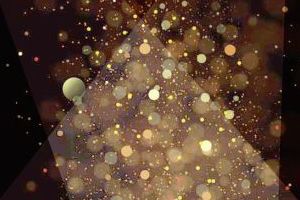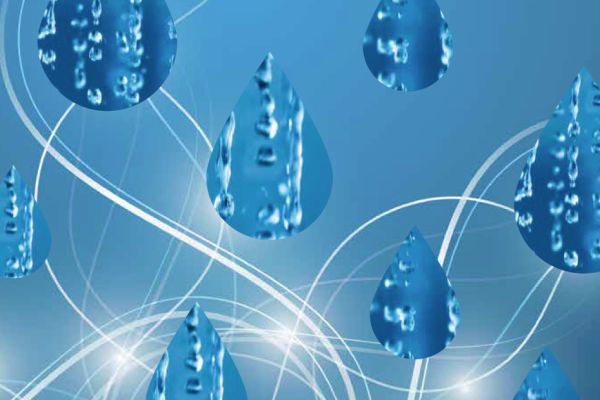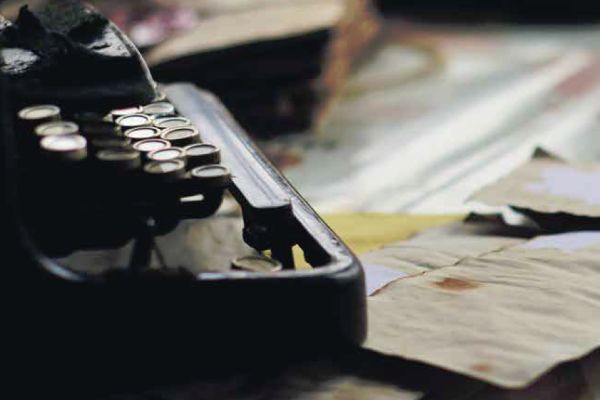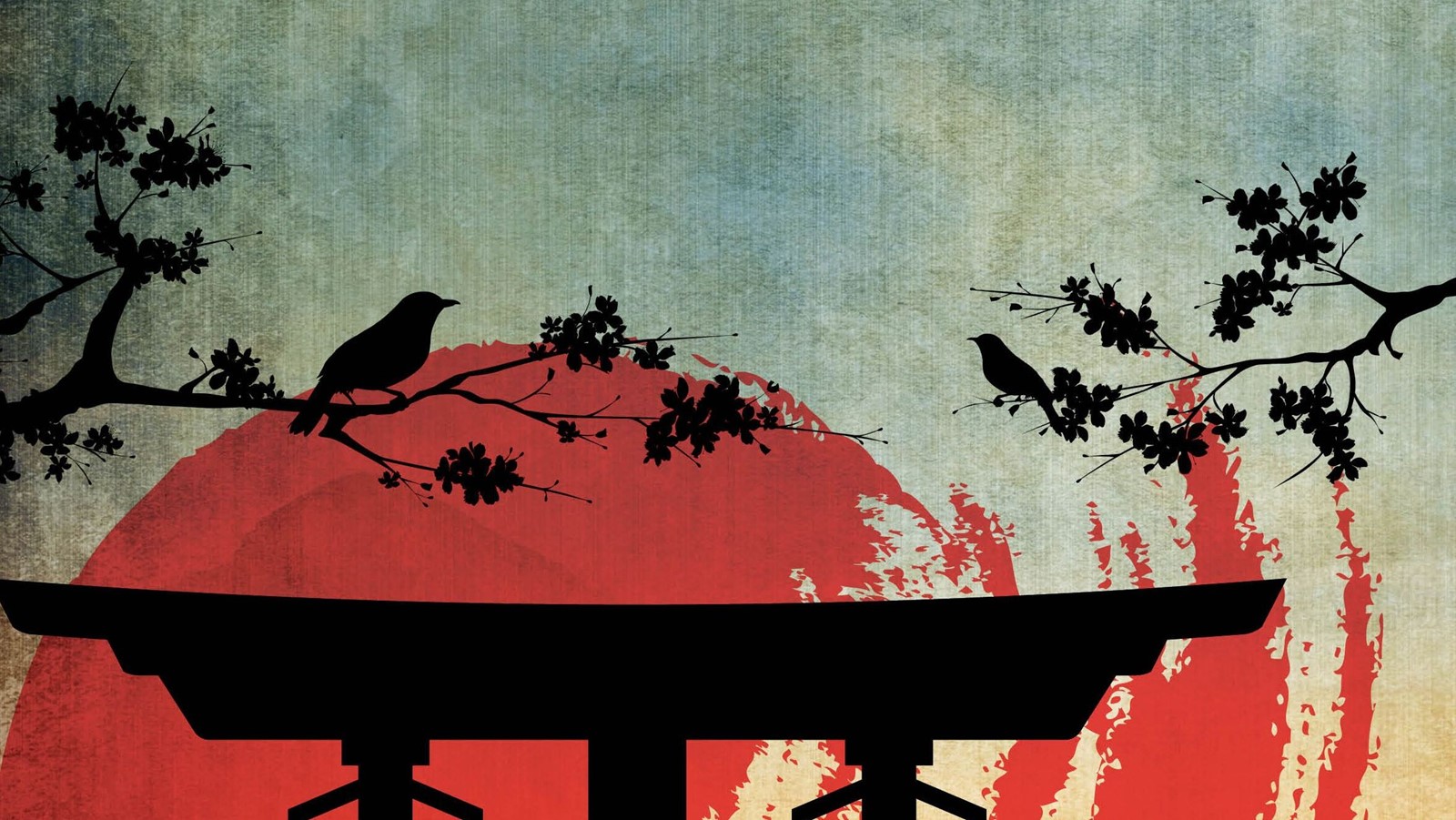It has taken me a while to get to this point where I am confident enough to write about a personal journey, but I hope my story will be useful in some way to other counsellors. This journey began when I was very young, when I started to see energy; and it ends on the summit of Mount Kurama during a recent trip to Japan. It’s been quite a journey, full of angst, shame, wonder, acceptance, trust and finally peace.
Jean Houston describes how Dorothy in The Wizard of Oz took a journey that we are all invited on in our own lives, the hero’s journey.1 The hero’s journey not only describes my reiki journey but also my trip to Japan. I landed on board a Boeing 777 in a colourful and beautiful country. Unlike Dorothy, we did not encounter a tornado, although we did hit some unexpected turbulence on the way! Wanting to ‘go home’ has been a major theme throughout my life. I love and I am loved by family and friends; however, not feeling at home is very familiar to me. I was surprised to feel at home in Japan, having never previously set foot there. I was aware of this immediately after leaving the airport; my surroundings looked familiar. I understand this as me feeling the Tao, the interconnected flow of all things. I could sense that this visit was going to be significant. I don’t speak Japanese, which created some interesting consequences for my diet over the two weeks. I did not understand signposts and maps, resulting in several adventures in the Tokyo Metro because I didn’t recognise exit signs. I felt at home despite, for the first time in my life, experiencing being treated, albeit kindly, as a ‘foreigner.
The night before this trip, my friends, who had visited Japan several times and whom I had hoped would join me as experienced guides, were forced to cancel due to a health crisis. This meant I had to travel across Japan on my own and attend reiki training where I knew no-one. I was tempted to cancel. Like Dorothy and friends, I was distracted by monkeys. My sister and daughter planned to travel north and see snow monkeys while I travelled south to attend the training. I did not cancel because my heart told me to go. The path became more difficult; I got lost on the first morning trying to find the venue. Google maps was in Japanese, and a map attached to an email from my friends wouldn’t open. Given the language barrier, alongside my default position of anxiety, this necessitated me digging deep into a resourcefulness that I never knew I had, ‘For the true wizard is us.’1
Reiki is the Japanese word for universal energy. Reiki practitioners channel energy though their hands. We all have a natural ability to channel universal energy (reiki); reiki ho, ‘the method of reiki’, means we can be attuned to a healing wavelength of universal energy (reiki) and be taught ways of channeling this energy. Attunement occurs through a transmission of universal energy through the reiki master to the student. I trained in a school of natural healing that was started by a man called Mikao Usui (1865–1926), in Japan (I use Usui sensei to acknowledge respect. Sensei is the Japanese word for respected teacher). He experienced anshin ritsumei (reaching the true purpose of our life and a peaceful mind), during a retreat on Mount Kurama. He became aware that he was able to use reiki to help himself and others heal. Since then, his school of reiki has travelled worldwide, but within that journey it took different paths, creating different lineages. Initially I learned from a Western lineage. Reiki does not need to involve touch nor is it necessary for the client to lie down on a reiki table. I understand these might be obstacles for many counsellors.
I describe myself as an integrative counsellor. At heart, I am person centred, and learning to integrate reiki. The therapeutic relationship is central to my work. The quality of this relationship is created through the core conditions of empathy, congruence and unconditional positive regard. I am not a ‘healer’, either as a counsellor or as a reiki practitioner. The counselling client and the reiki recipient heal themselves; I facilitate this process. When giving a reiki treatment it is not my energy that I channel; I channel universal energy. A reiki treatment stimulates us to heal ourselves in three dimensions: mind, body and spirit. I offer the core conditions; the trust and acceptance of self this creates allows the client to get in touch with their authentic self so that they are able to find their own way forward.
Although I have tended to work alongside person-centred colleagues who, as West explains,2 are more likely to take a positive view of spirituality and see it as healthy rather than regressive, the decision to offer reiki treatments felt like coming out of the closet. During personal therapy as well as in supervision, I have expressed concern. Does what I ‘see’ mean I am schizophrenic, psychotic, experiencing migraines, my eyesight is faulty, or I have synaesthesia? The answer to all of the above is, no. I have had many discussions about how to navigate this ethical maze. Some of the subjects addressed in these discussions include:
- ethics and the impact of touch on the therapeutic relationship
- what reiki brings to the counselling process
- how to offer this intervention without directing the client’s process
- how to work with material brought to the client’s own awareness or mine through a reiki treatment
- if and how to share material brought to my awareness though ‘seeing’ energy around the client
- how to train and attune a counselling client to reiki while maintaining appropriate boundaries
- what happens when reiki flows without intention while counselling
My path led me to a reiki master who trained with Hiroshi Doi, a member of Usui’s original school in Japan. I decided to train in this Japanese lineage with her and then I too travelled to Japan to train with Doi sensei in his school (Gendai reiki). Similar to Oz, there have been ‘witches’ and ‘wizards’ on my path. None of what I discuss here about the benefit of combining a reiki practice and counselling practice, whether we integrate them or not, would have been possible without Peter Cook, my supervisor and Jean Jones, Gendai reiki master. I feel I have got in touch with the original teachings of Usui sensei and in doing so I have become convinced that the person-centred philosophy and reiki have enough in common to start up a conversation, to their mutual benefit.
A detailed theoretical analysis is beyond the scope of this personal account. However, I have outlined some of the reasons why I believe further exploration may be useful.
- While training with Doi sensei, I heard the term self-actualisation for the first time within the context of Reiki.3 Usui sensei believed the universe is leading everything towards harmony. To facilitate self-actualisation and to reach a peaceful state, he suggested we reflect on our thoughts, feelings and actions. Self-actualisation is fundamental to Carl Rogers’ person-centred philosophy which suggests that all living things have an actualising tendency to reach their full potential.4 I would suggest that one aim of counselling is to reach a peaceful state.
- Much has been written about person-centred philosophy and Buddhism and Zen Buddhism.5 Parallels have been made by Hermsen between the Tao, the path, the flow of life and wu-wei, non-action, with the non-direction and trusting the client’s process in person-centred counselling.6 Hermsen describes how Carl Rogers’ work was translated into Japanese and was ‘enthusiastically received’ in Japan as a way of working therapeutically; Carl Rogers visited Japan twice. Reiki is not a religious practice but does have roots in Buddhism. Jonker describes this as a particular Eastern Buddhism which integrates Shinto elements.7
- The Eastern technique of mindfulness is a current trend. Adopting another method originating in the East may also prove useful. Similarly to learning mindfulness, counsellors could learn reiki in order to teach it to their clients as a self-help technique. While receiving reiki, people find they relax and they also become more aware of what they are feeling. Material can come into awareness in the same way that creative methods and guided visualisations can facilitate this process.
- Learning reiki could be a useful method of professional and personal development. When we give ourselves reiki or when we meditate as directed in reiki training, we learn to be more aware of the present moment. David Brazier suggests that being a counsellor is not like any other job; that we need the necessary space within ourselves to work effectively.5 I believe we are less likely to enter the therapeutic relationship with our minds full of our own ‘illusions’ and be more present for our clients if we use a practice like reiki.
- We are continuously absorbing and emitting universal energy through the body. Developing a reiki practice increases the amount of energy we have available for ourselves, particularly important when working in a caring profession. It increases the amount of energy we have available for our clients, whether or not we offer reiki as a treatment. Good self-care enables resilience; we are better able to hold our clients.
- Doi sensei describes humans as resonating like tuning forks. Carl Rogers described something similar: ‘...when I am closer to my inner, intuitive self, when I am in touch with the unknown in me, when perhaps I am in a slightly altered state of consciousness in the relationship…Then simply my presence is releasing and helpful… in these moments it seems that my inner spirit has reached out and touched the inner spirit of the other’.4 I wonder if this ‘presence’ is the resonance that Doi sensei describes?
- Something wonderful happens to me when another human being asks me to help as a counsellor; in that environment, when I am offering the core conditions to my client, I see energy more clearly than on any other occasion. I understand this to be an extension of my empathy and the result of my client responding to an atmosphere of trust and acceptance. van Kalmthout believes there are implicit religious and spiritual elements in the person-centred approach, quoting Carl Rogers: ‘…when we provide a psychological climate that permits persons to be… We are tapping into a tendency which permeates all of organic life… And on an even larger scale, I believe we are tuning in to a potent creative tendency which has formed our universe, from the smallest snowflake to the largest galaxy… And perhaps we are touching at the cutting edge of our ability to transcend ourselves, to create new and more spiritual directions in human evolution.’8
The part of me that sees energy fell asleep for a long time, like Dorothy and her companions in a field of poppies. We all learn to some degree to hide those aspects of self that don’t receive positive conditions of worth, or worse still, attract ridicule. This part of me didn’t fit, and still doesn’t, with some of my family’s and friends’ worldviews. I found myself at the end of others’ fears about me and for me. I felt ashamed of this ability. I have ‘seen’ some wonderful things and all colours of the rainbow, but at times my path has been anxiety provoking and dark. At some point in my teenage years I forgot I could ‘see’, only remembering some 10 years later. I lost my way and also at times became stuck. As Dorothy in The Wizard of Oz discovered, we become stuck in different ways: my anxiety paralysed me like the lion; I worried people would think I wasn’t intelligent like the scarecrow and became addicted to academic courses, like the tin man. I became mechanical about learning. For a short time, I found myself studying occupational psychology, learning how to help businesses and people to become more efficient; a useful career, but my heart wasn’t in it.
Throughout my stay in Japan, I noticed that acceptance of universal energy was an inherent part of the culture there. Shinto, the traditional religion, views all things as being generated by a sacred essence. Shinto gods take the form of physical things. I attended a tea ceremony, which is a Zen ritual to demonstrate and appreciate the sacred in everything; for example, focusing attention on the profound beauty in the water, fire, or utensils. We were asked to choose the prettiest part of the cup, which became its ‘face’, then it was suggested we did not drink from this part of the cup. I witnessed the chef in a tempura bar talk to his knife as he was sharpening it. I’m not sure if he was doing that simply because he was appalled that two of us had requested vegetarian tempura, but I do know there are rituals with knives eg to release the spirit of fish in preparation for cooking. I watched a group of young school children running and whooping over a marked power spot outside Mount Kurama temple; like children who run around in playgrounds on a windy day. They were enjoying the surge in energy. I too felt the surge in energy on that power spot.
My trip to Mount Kurama was the perfect end point, not only to my holiday but also to the journey that began when I was a young child, enjoying my bedroom filling with bright green and purple light. I too, like those children, accepted this flow of energy as the most natural occurrence. Mount Kurama is very beautiful, a natural garden full of magnificent trees, shrines, waterfalls, birds, dragonflies and butterflies. Apparently, there is an occasional bear who isn’t happy to share! I followed a winding path and, although most things were painted vermillion, when I reached the top I had reached the end of my own yellow brick road. I felt at peace. I had found courage, gained wisdom and consulted my heart. I truly accepted and integrated a very significant aspect of me in Japan.
I was home.
Carolyne Hill MBACP (Accred) has an MSc in Counselling Psychology. She is a counsellor and supervisor in private practice, and also co-facilitates a creative therapy group in north-east England. www.carolynehill.co.uk
More from Thresholds

In praise of darkness
Open article: Effie Lunn reflects on the importance of darkness and the value of descent. Thresholds, Winter 2016

Counselling, therapy and the ageing process
Free article: In the first of a new series, Jennie Cummings-Knight explores the important topic of spirituality and ageing. Thresholds, Autumn 2016

Shaping pastoral supervision
Open article: Gill Carding describes the work of the Association for Pastoral Supervision and Education (APSE). Thresholds, Summer 2016
References
1. Houston J. The wizard of us: transformational lessons from Oz. Oregon: Atria Books/Beyond Words; 2012.
2. West W. Psychotherapy and spirituality: crossing the line between therapy and religion. London: SAGE Publications; 2001.
3. Doi H. A modern reiki method for healing. Revised edition. Southfield MI: Vision Publications; 2014.
4. Rogers C. A way of being. New York: Houghton Mifflin Harcourt; 1980.
5. Brazier D. Zen therapy: a Buddhist approach to psychotherapy. London: Robinson; 2001.
6. Hermsen E. Person-centered psychology and Taoism: the reception of Lao-tzu by Carl R Rogers. International Journal for the Psychology of Religion 1996; 6(2): 107–125.
7. Jonker J. Reiki: the transmigration of a Japanese spiritual healing practice. Nijmegen: LIT Verlag; 2016.
8. van Kalmthout M. Person-centred psychotherapy as a spiritual discipline. In: Moore J, Purton C (eds). Spirituality and counselling: experiential and theoretical perspectives. Ross-on-Wye: PCCS Books; 2006 (pp155–168).
